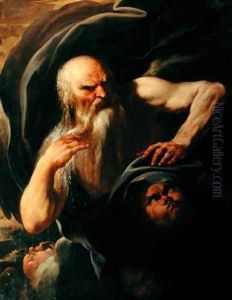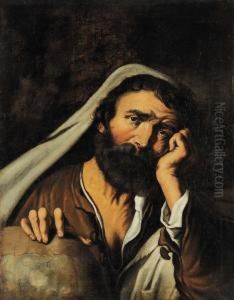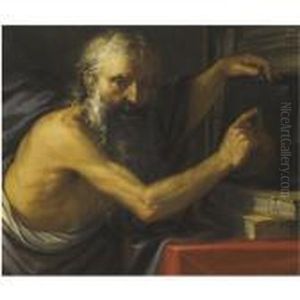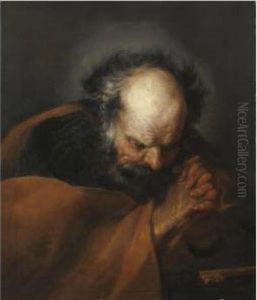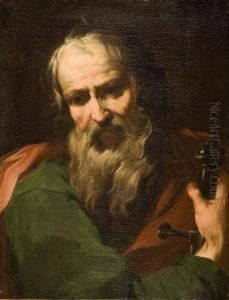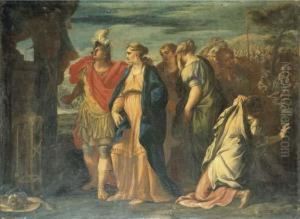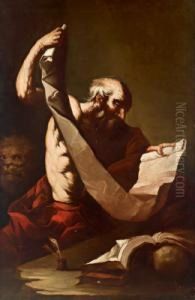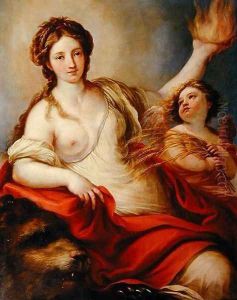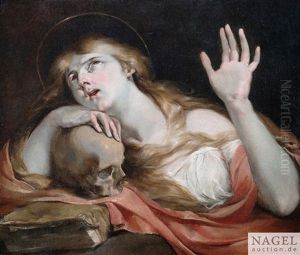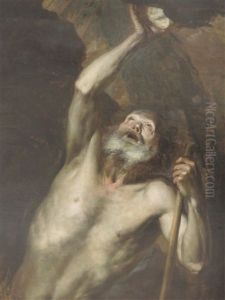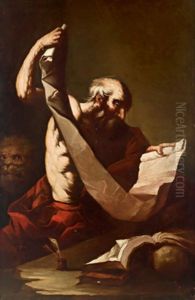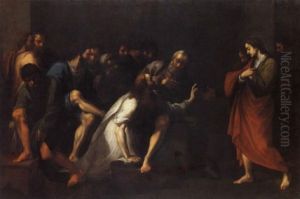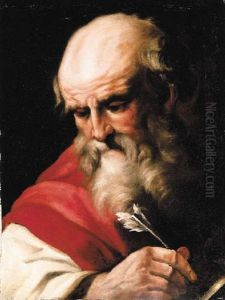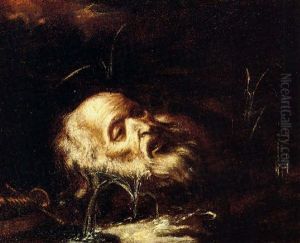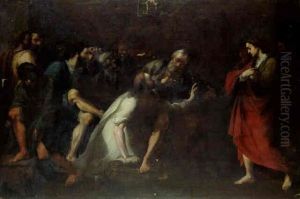Agostino Scilla Paintings
Agostino Scilla was an Italian painter, draughtsman, and naturalist, born in Messina in 1629. He was known for his artistic pursuits as well as his contributions to the early fields of paleontology and geology. Scilla's work in art was primarily influenced by the Baroque movement, which was dominant during his lifetime. His paintings often depicted religious and mythological themes, imbued with a dynamic composition and dramatic use of light and shadow, characteristics of the Baroque style.
Scilla was not only a painter but also a pioneer in the study of fossils. In 1670, he published 'La vana speculazione disingannata dal senso' (Vain Speculation Undeceived by Sense), a work that argued against the prevailing view that fossils were mere 'sports of nature' or symbols placed by God. Instead, Scilla meticulously presented evidence that fossils were the remains of once-living organisms, contributing significantly to the development of paleontology.
Throughout his life, Scilla received various commissions for his artistic work, which included altarpieces and frescoes for churches as well as private collections. Despite the acclaim for his scientific writings, it was his art that predominantly supported him. Scilla's legacy is twofold: he is remembered for his contribution to the Baroque art movement in Italy and for laying some of the groundwork in the study of fossils, which would become crucial for future generations of scientists.
Agostino Scilla died in 1700, leaving behind a body of work that continues to be studied for its artistic merit and scientific insight. His life and work exemplify the interconnection between art and science, a testament to the Renaissance ideal of a polymath contributing to multiple fields of knowledge.
